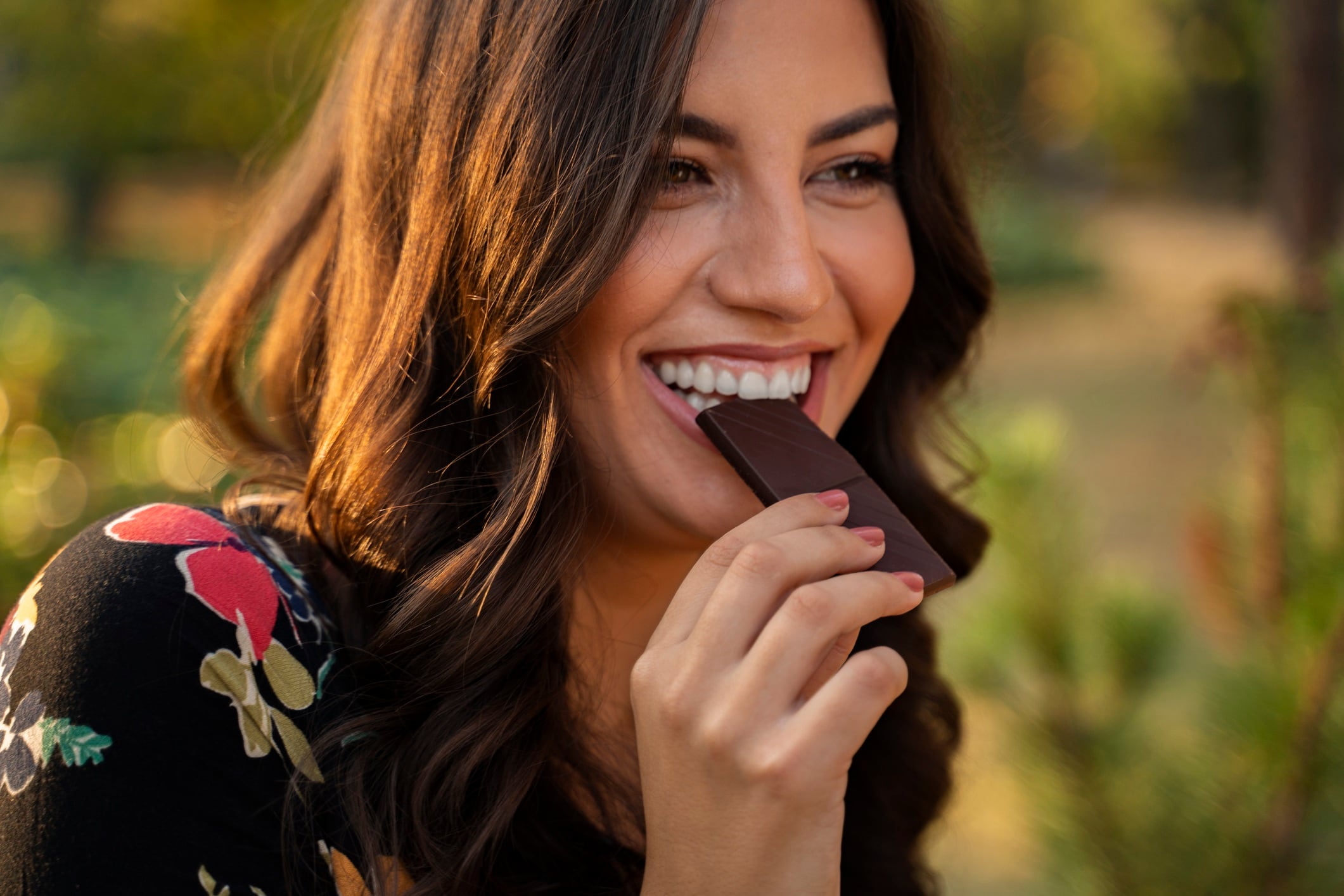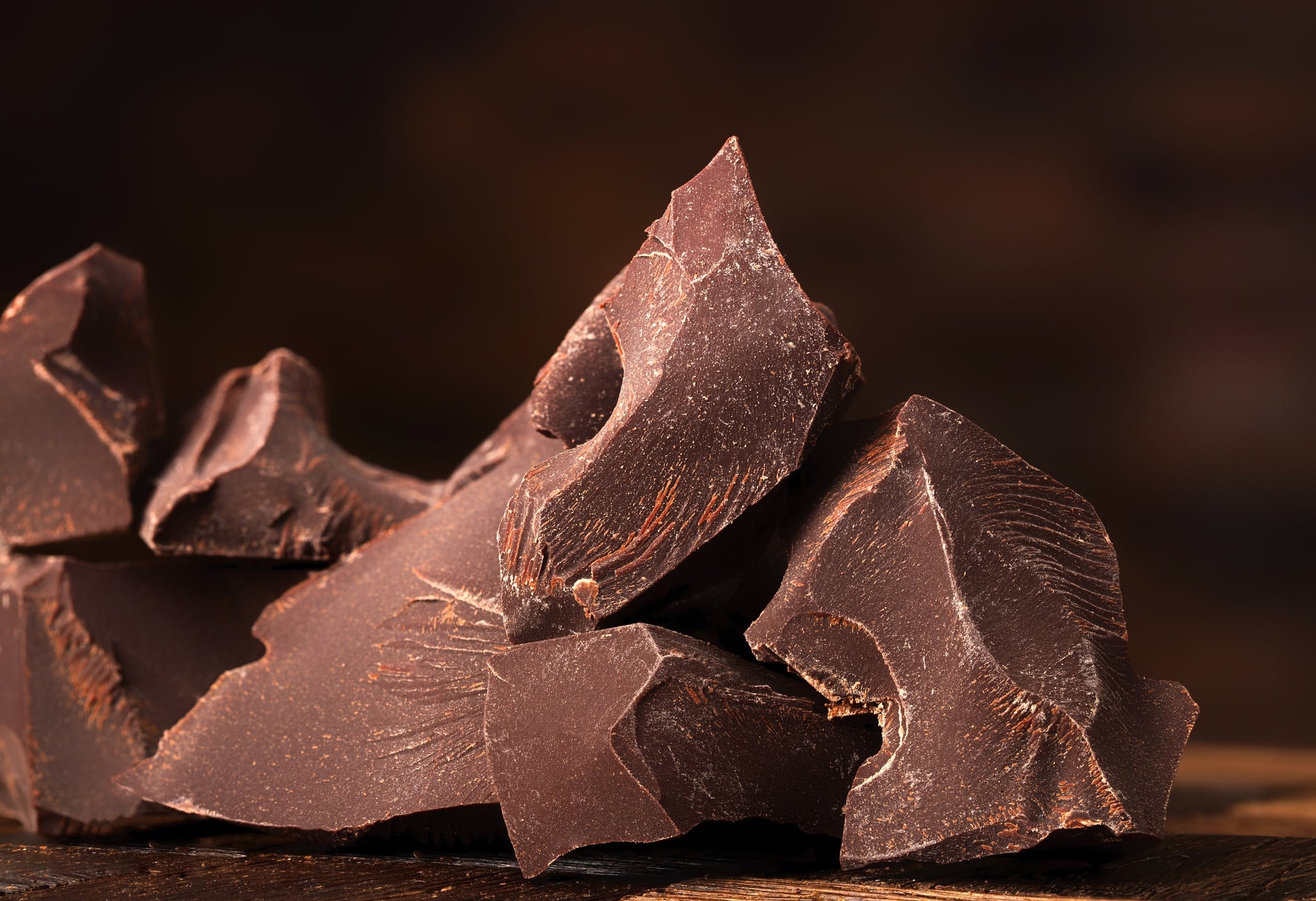What is driving premiumisation in confectionery – key summary
- Premium confectionery market set to hit $68bn by 2033
- Consumers seek affordable luxuries during economic uncertainty and rising costs
- Brands innovate with upscale flavours, formats and seasonal exclusives
- Younger generations expect more value, ethics and quality from brands
- Smaller amounts of high-quality chocolate preferred over larger regular bars
Premiumisation has emerged as one of the most dominant trends in food and beverage over the past five years. And the sector it’s strongest in - confectionery.
Already worth over $31bn (€26bn), it’s projected to more than double ($68bn) by 2033, powered by a 10.4% CAGR (market research company M2 Square Consultancy).
“The global premium confectionery market is witnessing robust expansion,” says a spokesperson for M2 Square Consultancy.
And as well as boosting sales as consumer demand grows, it’s also boosting innovation, as confectionery brands embrace its potential.
What is premiumisation?
Premiumisation is a growth strategy where certain products are 'premiumised' in order to raise prices.
This can be achieved in a number of ways, including the use of higher quality ingredients such as high-quality cocoa, the addition of functional ingredients such as adaptogens in gummies, and changing the packaging design to appear more luxe and high-end.
Big brands innovating for premiumisation
- Mars, Incorporated introduced upscale twists like M&M’S Peanut Butter & Jelly and Skittles POP’d freeze-dried crunchy sweets
- Mondelēz International leaned into seasonal luxury with Cadbury’s Half & Half Ultimate Egg and Toblerone’s Edgy Egg with Diamond Truffles
- Ferrero expanded its premium portfolio with Ferrero Rocher Chocolate Squares and the first new Nutella flavour in decades - Nutella Peanut
- Nestlé focused on bakery-inspired indulgence with Aero Double Choc Brownie and Milkybar Chocolate Crumble
- Hershey blended classic and contemporary with Reese’s Oreo Cups and PB & J Big Cups
- Lindt & Sprüngli launched Lindor Pistachio Cream truffles, and Excellence Yuzu & Pink Peppercorn bars.
And with new products being released all the time, new premium brands launching seemingly just as often, and consumer demand growing, the trend looks set to continue well into 2026 and beyond.

What’s fuelling demand for premiumisation confectionery?
According to Attest’s Spending Trends Report consumers are indulging in little treats, rather than investing in bigger purchases. In other words, they’re happy to spend a little more on an indulgent chocolate bar or decadent cake, but they might not be able to book a holiday, or buy a new car.
“Consumers view premium confectionery as an affordable luxury,” says Richard Caines, principal analyst for UK food and drink research at market analysts Mintel.
This is especially true during times of economic uncertainty, when consumer focus switches to saving.
Added to this, the “less but better” mentality means shoppers are willing to buy smaller amounts of higher-quality confectionery rather than larger quantities of regular chocolate.
“The emotional and sensory satisfaction that premium confectionery provides helps justify its higher price for many consumers,” says Caines.
Having said that, some consumers simply can’t afford premium confectionery. As a result, some brands are working to make their products affordable to all consumers, rather than satisfying the few.
“Our premium chocolate is often more affordable than many similar premium indulgences on a per-serve basis,” says a spokesperson for Swiss confectioners Lindt & Sprüngli. “This makes it widely enjoyed while preserving its sense of exclusivity.”
The chocolate maker also ensures accessibility through broad multichannel distribution - targeting not only shop sales, but online, travel retail, and wholesale too.
Similarly, Mars-owned Hotel Chocolate says it’s committed to making premium chocolate accessible to all consumers.
“We recognise that our customers have differing budgets and come to us for various self-treat and gifting occasions,” says Teresa Peck, head of global category strategy at Hotel Chocolat. “It’s therefore vital that we meet customers where they wish to shop, having a range of products that not only span different occasions but also a broad range of price points.”
That’s not to say they believe quality should vary depending on the price point, as Peck makes it clear the company uses, “the same ingredients and apply the same level of care with every single chocolate and product” in the brand’s portfolio.
Another reason for the continued growth of premiumisation is its appeal to younger generations who increasingly expect more for their money.
“For many of today’s younger consumers, the preference for premium comes from wanting more from brands,” says Professor Sonja Prokopec of the ESSEC Business School. “Millennials and Gen Z have grown up in the era of digital advertising where they are bombarded by thousands of brands vying for their attention and money. With far more consumer choice than the generations before them, younger consumers have high expectations of brands and vote with their wallets.”
But its not just about wanting more. Figures from Mintel show that over half of all consumers agree it’s worth paying extra for higher-quality products.
Added to this, the strong position of confectionery in gifting is accelerating the consumption of premium and artisanal confectionery worldwide.

Premium chocolate
While the premiumisation trend is growing throughout confectionery, it’s particularly prominent in chocolate.
In fact, figures from Mintel show that 63% of consumers would rather have a small amount of premium chocolate than a large amount of regular chocolate.
And, when it comes to what consumers want most from premium chocolate, it’s high cocoa content and unique flavours that top the charts. A trend that hasn’t gone unnoticed by manufacturers.
“It definitely feels like the flavours have got more premium over time, especially with all the dessert-like flavours,” says Mintel’s Caines.

Premium confectionery is here to stay
For confectionery brands, premiumisation isn’t just a trend, it’s a strategic growth engine. With consumers actively seeking indulgent, high-quality treats, there’s a clear opportunity to expand portfolios, elevate brand positioning, and tap into new occasions from gifting to self-care.
Innovation in flavour, format, and storytelling will be key, as will agility in pricing and distribution to meet evolving consumer expectations. Brands that can balance exclusivity with accessibility, and indulgence with ethical sourcing, will be best placed to lead.




